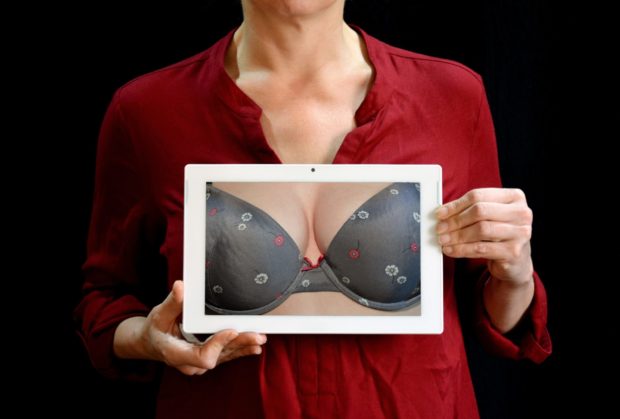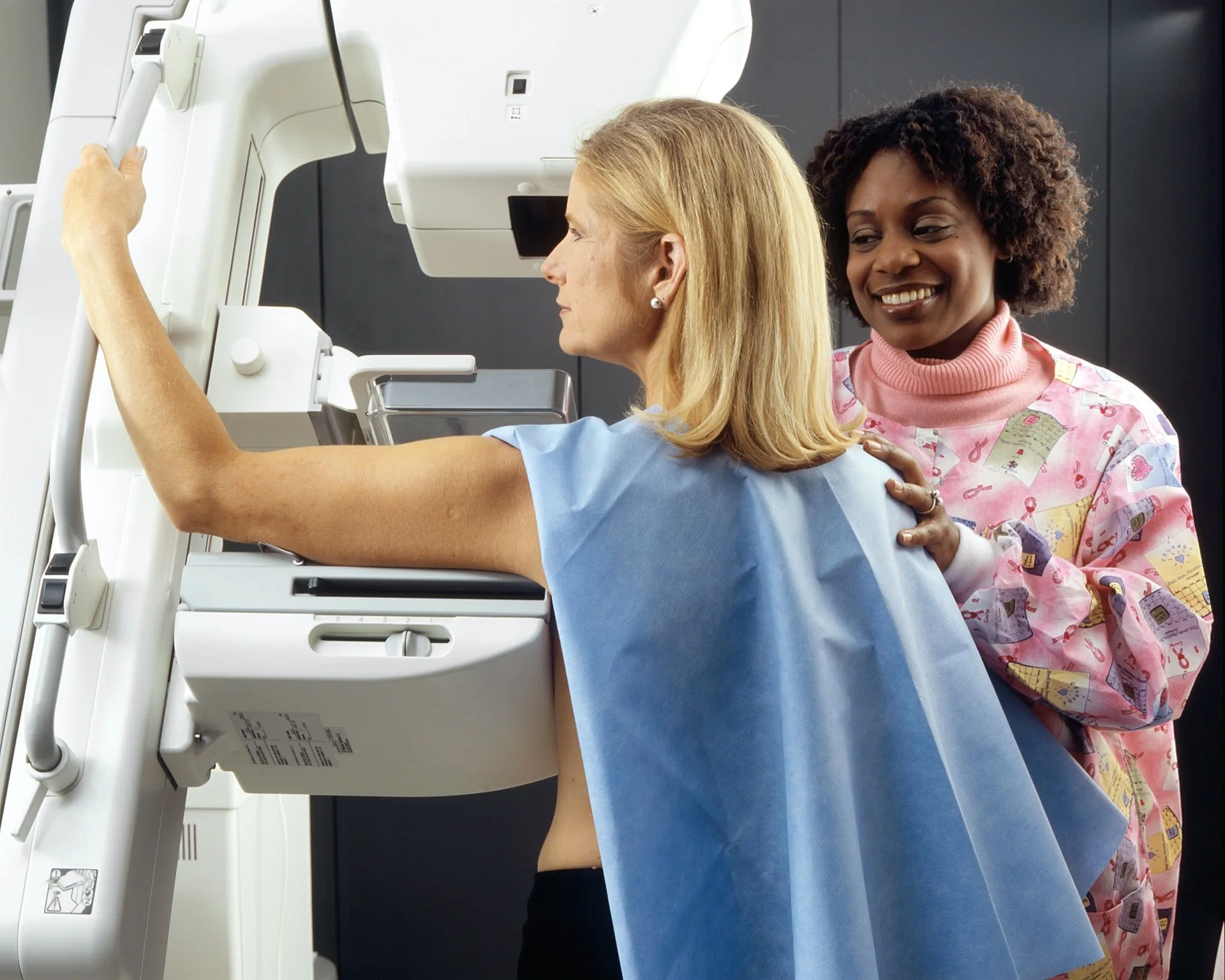A mammography exam or mammogram is FDA-approved medical imaging or an X-ray, often conducted to detect breast cancer or any other severe breathing diseases. Women who enter their 30s are often recommended to get mammography to find and treat any early signs of the disease. It becomes even more critical to get tested after the age of 40 as the chances of breast cancer symptoms start to elevate.
Nevertheless, many women feel anxious about mammograms due to a few misconceptions revolving around this exam. If you are also one of these, continue reading this article to learn some helpful facts about the exam.
Fact 1: There Are Two Types Of Exams
Basically, there are two types of mammograms – 2D and 3D. Both techniques might seem identical to a patient, but there is a significant difference between the two. In 2D, a single x-ray image is taken of each breast in order to detect any disease. On the other hand, in 3D (better known as digital breast tomosynthesis), more images are taken from different angles. Radiation exposure is also quite low in 3D, making it more effective.
According to reports, digital breast tomosynthesis is more effective as it can help detect 40% more invasive cancers accurately.
Fact 2: Yearly Mammogram Is Important After The 40s
Deciding the appropriate age for mammograms is often challenging for many patients. However, radiologists suggest that women should start getting yearly tests after entering their 40s. The earliest you start, the faster you’ll be able to get treated.
 In fact, you can also look for hospital authority or HA referral cases to get timely treatment. That means, if you are feeling sick, you need not wait in public hospitals for long. Further, you might get to enjoy the discount on medical imaging services.
In fact, you can also look for hospital authority or HA referral cases to get timely treatment. That means, if you are feeling sick, you need not wait in public hospitals for long. Further, you might get to enjoy the discount on medical imaging services.
It is also noteworthy that any woman, regardless of age, can get a mammogram, and ultrasound, especially if she experiences a lump under the armpit, nipple discharge, redness or flakiness around the nipple, change in breast size, or any other symptoms. Apart from this, those with a strong family history of breast cancer should also get tested often.
Fact 3: Compression Should Not Be Uncomfortable
Compression is a critical part of mammography and is sometimes unpleasant. This is because compression helps hold the breasts appropriately and separates overlapping tissues. It helps detect hidden masses in the breast and provides a clear image. Additionally, it helps in reducing radiation exposure during the process.
Minimal discomfort during this process is absolutely normal. However, it must not hurt, leading to the fear of revisiting. Therefore, you must consult the technologist to attain adequate compression.
Note: Breast sensitivity during compression varies from person to person and according to hormone fluctuation. If you are worried about pain or sensitivity, make sure to talk to your technologist.
Wrapping It All Up
Learning about the important facts about the exam is crucial to keeping your health in check. Make sure to talk to your doctor and learn about hospital authority referrals to get the right treatment and in time.
Who is the author?

Natalie O’brian
Natalie O’Brian is a wellness and health coach, with experience of over 15 years. She has been assisting her readers and subscribers with valuable and actionable advice to alleviate their health.





![women [longevity live]](https://longevitylive.com/wp-content/uploads/2020/01/photo-of-women-walking-down-the-street-1116984-100x100.jpg)










